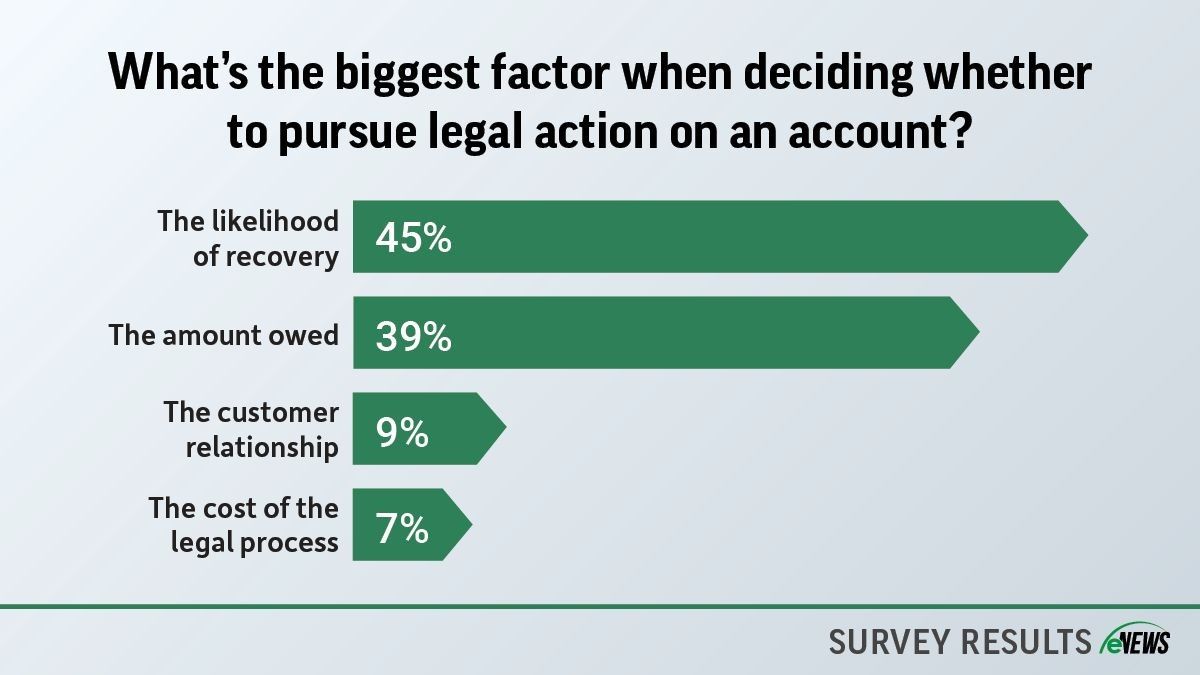Business Practices, eNews
Conquering financial statement analysis with confidence

The initial investigation into a potential customer’s credit worthiness is an essential step in the credit approval process, singlehandedly signifying the profession’s central goal: extending the right amount of credit that creates profit without introducing too much risk. While many credit managers are used to poring over a customer’s financial statements during this stage, many might not be analyzing as deeply as they could, unintentionally taking on more risk than intended.
Why it matters: A lot can be gleaned from a customer’s financial statements, but you need to know how to process and analyze all the information the documents entail. By strengthening their financial statement analysis skills, credit managers can more accurately assess a customer’s creditworthiness.
It’s impossible to overstate the importance of financial statement analysis to the credit approval process, because financial statements are themselves vital to a credit manager’s efforts to determine a potential customer’s financial viability.
A financial statement is composed of the balance sheet, income statement, (also known as the profit and loss statement) and the cash flow statement (also known as the source and use of cash statement).
- The balance sheet reflects the financial strength of a company at a specific point in time by illustrating the value of its assets and liabilities.
- The income statement is a financial record of revenues, expenses and profits for a company over a period of time.
- The cash flow statement illustrates the sources and uses of cash, itemizing the cash reflected on the balance sheet. This statement is sometimes overlooked in favor of the balance sheet and the income statement. However, the cash flow statement is the optimum resource for testing the liquidity of a company, as it provides a summary of the funds flowing into and out of a company for the accounting period.
“Financial statement analysis is of paramount importance for a credit manager. It’s vital,” said Chelsea Hirn, CBA, director of credit operations at KGP Telecommunications (Faribault, MN). “It’s a part of the everyday process of establishing credit limits that meet certain thresholds. It’s going to tell you if a customer is at risk of becoming insolvent or heading towards bankruptcy. It also tells you how quickly you’re going to get paid, how quickly they pay other people and how quickly they receive funds.”
By comparing the different metrics found in a financial statement, credit managers can create ratios that effectively distill large amounts of information into smaller, more manageable figures. A financial ratio compares the elements or combination of elements of the financial statements of a company. Ratio analysis provides insights concerning the financial position and how well the business is performing.
Ratio analysis can be broken into the following categories:
- Liquidity ratios. Liquidity ratios measure a company’s ability to meet its obligations.
- Leverage ratios. Leverage ratios show the proportion of debt and equity in financing the company’s assets.
- Efficiency ratios. Efficiency ratios measure a company’s efficiency in using its assets.
- Profitability ratios. Profitability ratios measure overall performance and effectiveness of a company.
Whether you’re comparing a customer’s current assets to current liabilities or debt to earnings before interest, taxes, depreciation and amortization (EBITDA), ratios effectively distill financial statements into easily understood figures.
“Financial ratios are the lenses through which we view the intricate mechanics of a business,” said George Schnupp, CCE. “They are essential for analyzing and interpreting the financial health of the company you are analyzing. These seemingly simple numbers hold incredible power in revealing the financial health, efficiency and trajectory of the company.”
Ratios are a valuable tool, but it is necessary for credit managers to understand the logic behind the formulas to best incorporate them into their workflow. “Plugging numbers into formulas should be followed by a detailed interpretation of the ratio output,” Schnupp said. “Take the time to learn what is behind the ratios–what are the driving factors. Incorporate tending and narrative reviews in combination with ratio analysis.”
For example, a strange, erroneous value might create an imbalance in your ratios, so it is crucial that you can determine the reason for any dramatic change in value and its implications for the rest of your data. As you dig deeper into the data laid out in a financial statement, what seems like a mere blip in the numbers could signify larger ruptures on the horizon.
“The financial numbers on the surface often mask deeper narratives that only emerge with your careful analysis and context,” Schnupp said. “They are not just tools; they are the keys to unlocking the stories behind the numbers. This is why financial ratios are not merely numbers—they are stories. Stories that require interpretation, comparison and continuous study to understand fully. It’s one thing to know a formula, but it’s another to grasp the ‘why’ behind the result.”
Looking at how cash flows in and out of a business is also important as it gives credit managers a sense of how frequently and to what degree a business might have cash flow problems. While at times overlooked, this step offers a valuable look into a customer’s financial habits.
“The cash flow statement is often the least understood financial statement, yet the most critical to a credit manager,” Schnupp said. “Invest time to understand how accrual accounting works versus cash flow. Take a deep dive into the indirect cash flow method to help understand accounting profits versus cash profits (cash flow from operating activities).”
Diving into a financial statement can be hard because they don’t always look the same. Whether it’s the wording or the layout, you cannot expect to find the same information neatly placed in the same section each time. In these instances, it is important that credit managers are adaptable and have a keen sense of what information they are looking for, so they don’t become adrift in the sea of information.
The bottom line: When it comes to financial statement analysis, practice is everything. It’s important that you carefully examine the information you are taking in so you can ensure that you can accurately assess a potential customer’s creditworthiness.





